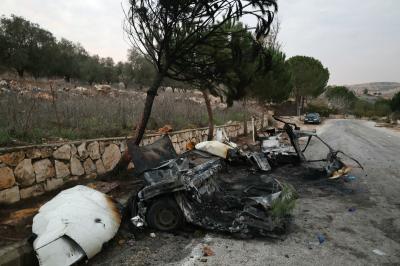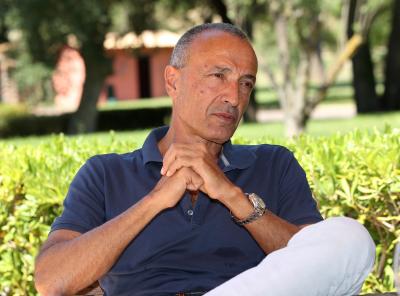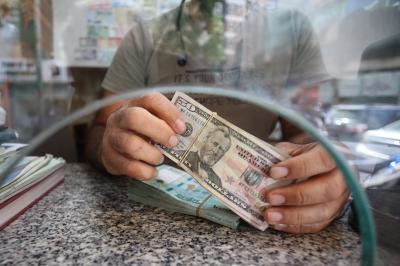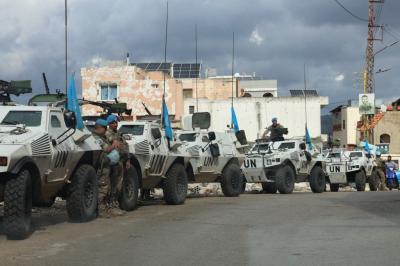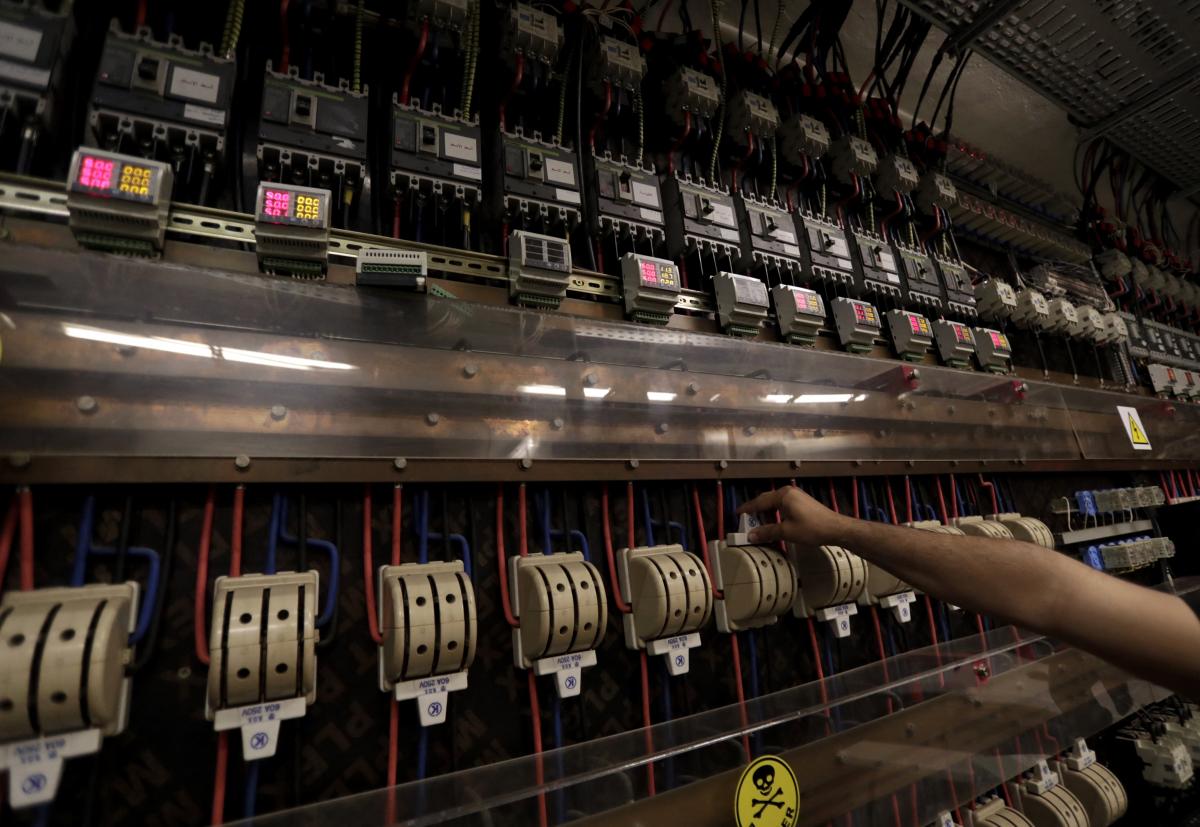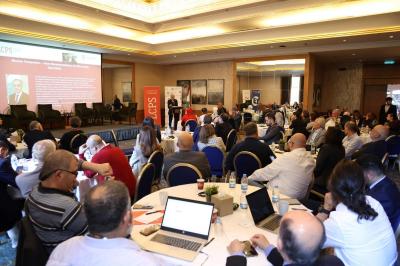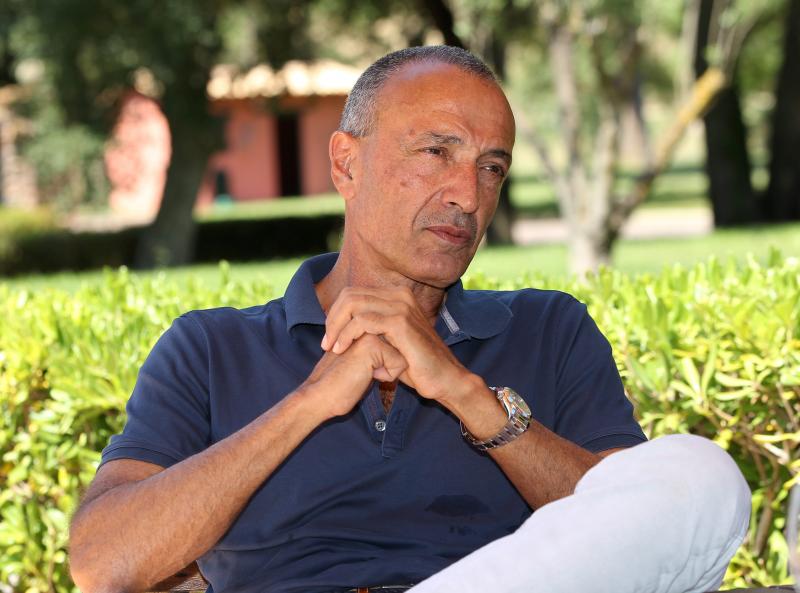As of the beginning of November, private generator owners across several Lebanese regions showed a growing commitment to the pricing rates set by the Ministry of Energy and Water — a positive step after months of inconsistent billing and soaring costs that had heavily burdened citizens.
Compliance to Avoid Fines
According to informed sources, this adherence came largely in response to fears of fines that might be imposed by oversight authorities on non-compliant generator owners, particularly after the Ministry of Economy intensified its field inspections. Bills that had been inflated in October gradually dropped this month, with corrected pricing and the adoption of a unified rate.
The flat monthly tariff — not exceeding $7 for a 10-amp subscription — has now been widely respected, after surpassing $10 in some areas last month. This adjustment has slightly eased the financial strain on households.
A Lingering Electricity Crisis
Since Lebanon’s financial collapse began in 2019, private generators have become a vital lifeline for citizens amid the collapse of Electricité du Liban’s production and distribution capacity.
This sector has passed through several stages:
- The Chaos Phase (2019–2021): when oversight was absent and prices varied sharply between regions.
- The Official Pricing Phase (2022): When the Ministry of Energy began issuing monthly tariffs based on diesel prices and exchange rates.
- The Monitoring and Fines Phase (2023–2025): during which the ministry coordinated with municipalities to regulate pricing.
Despite these measures, Lebanese citizens remain hostage to two bills: one symbolic payment to the state, and another — much higher — to private generator owners.
Alternative Solutions: The Rise of Solar Power
As the electricity crisis persisted and generator costs climbed, Lebanon witnessed a solar energy boom over the past two years.
Between 2022 and 2024, the number of installed solar systems increased by over 250%, according to estimates from local energy companies. These systems have helped ease pressure on both the public grid and private generators, though they remain costly upfront. The average household system costs between $2,500 and $6,000, depending on capacity, making it unaffordable for many families.
Electricity Costs Compared Regionally
According to World Bank data, Lebanese households today pay among the highest electricity rates in the region when generator power is factored in — between 35 and 40 cents per kilowatt-hour, compared to:
- Egypt: about 7 cents per kWh
- Jordan: about 10 cents
- Turkey: between 12 and 15 cents
This wide disparity reflects Lebanon’s lack of consistent domestic power generation, high fuel costs, and the poor state of the infrastructure and the grid maintenance.
A Step in the Right Direction
Energy expert Dr. Rabih Nasr described generator owners’ compliance with the official tariff as “a positive sign of good intent to organize the sector — but not a solution to the crisis.”
“The real solution lies in restarting the state-owned power plants efficiently and investing in renewable energy,” Nasr explained. “Lebanese citizens cannot remain hostages of the black market of electricity.”
He added:
“If the shift toward solar energy continues and the sector is legally regulated and linked to the national grid, Lebanon could generate about 40% of its electricity needs from clean sources within five years — gradually lowering costs for consumers.”
The renewed compliance by generator owners this month is certainly a move in the right direction, yet it does little to conceal the depth of Lebanon’s electricity crisis — one that has long transcended the technical realm to become a question of governance and management.
In the absence of a comprehensive national energy plan, solar power remains the most realistic alternative for now, as citizens continue to await serious government initiatives that would finally make them beneficiaries, rather than perpetual victims, of the energy system.
Please post your comments on:
[email protected]
 Politics
Politics
